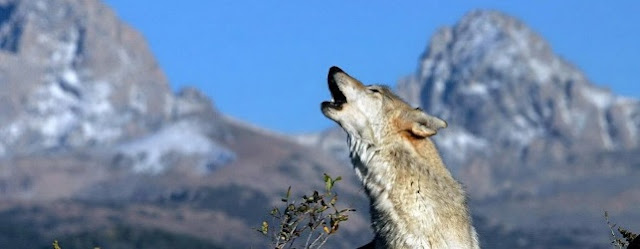Good Morning Sweeties!
Mondays are awesome!
This weekend I finally had some time and finished all of the changes I said I would be making on the previous post. Will make a Guest Blogging page too!
I have some artsy projects on my mind, but will update you on that when I hopefully start working on them ;)
Geez! Sometimes it gets hard enough to make time for all the things on my daily goals list, I need to work on my time-management skills!
Now lets get into it!
Being today December 21st, 2015 and the day of the Winter Solstice and the start of a very special time of the yearly life cycle, I wanted to take the time to just search and learn a little more about it!
Knowing the Wheel of Time phases and how it can help us understand the influence of the Gods and Mother Earth in our spiritual path is something every Pagan should make an effort!
YULE (Winter Solstice)
Also called: Yule, Yuletide, Jul, Saturnalia, Christmas, solar/secular New Year;
Dates: Around December 21;
Colors: Red, green, white;
Tools/Symbols: Mistletoe, evergreen wreath, lights, gifts, holly, Yule log, Yule tree;
Energy: Regeneration & renewal;
Goddesses: Great Mother, Isis, Mary, Tonazin, Lucina, Bona Dea;
Gods: Sun Child, Horus, Jesus, Mithras, Santa/Odin, Saturn, Holly King;
Rituals: Personal renewal, world peace, honoring family & friends;
Customs: Wreaths, lights, gift-giving, singing, feasting, resolutions.
December may be marked by Christmas, Hanukkah and Kwanzaa, but for pagans it’s the time to celebrate Yule. The holiday marks the winter solstice in the Northern Hemisphere (Sunday, Dec. 21, this year) and celebrates the rebirth of the sun and beginning of winter. It is one of the oldest winter celebrations known.
The celebration of the Winter Solstice, as often as not referred to as Yule, is common to almost every culture. For this reason, although the Christian Church has long since adopted it as the birth date of Jesus, it has retained more of the ancient Pagan tradition then any other holiday or festival. In early times, December 25th (the date now recognized as Christmas) was commemorated as the Birth of the Sun God.
Christmas is an adaptation of the Pagan Winter solstice or Yule.
Whatever Jesus was, he was definitely not born in December.
Yule is deeply rooted in the cycle of the year, it is the seed time of year, the longest night and the shortest day, where the Goddess once again becomes the Great Mother and gives birth to the new Sun King. In a poetic sense it is on this the longest night of the winter, 'the dark night of our souls', that there springs the new spark of hope, the Sacred Fire, the Light of the World, the Coel Coeth.
For all it's inputs and influences, Yule is still an important time of the year to pagans around the world. In the most direct terms it is still a festival that honors the cycle of nature and the Wheel of the Year. It is not just about the rebirth of the God figure in pagan lore.
For Celtic pagans, Yule is the time when the Sun God Lugh is reborn in human form to rejoin his beloved wife Eriu. She is described as a hag, who transformed into a beautiful Goddess by the marriage and personifies the land of Ireland in her every feature and character. She becomes known in legend as the "Sovereignty of Ireland". Yule is also the celebration of the cycle of life through Eriu and all her incarnations as the Maiden, Mother and Crone Goddess.
Thank you so much for reading!
Hope you have a blessed Yule!
Hugs and Kisses!
Reny
References/Sources:
1. www.circlesanctuary.org/index.php/celebrating-the-seasons/celebrating-the-seasons
2. www.ibtimes.com/winter-solstice-2014-3-things-know-about-pagan-yule-celebrations-1763756
3. www.cyberwitch.com/Wychwood/Temple/yule.htm
4. www.thewhitegoddess.co.uk/the_wheel_of_the_year/yule_-_winter_solstice.asp































